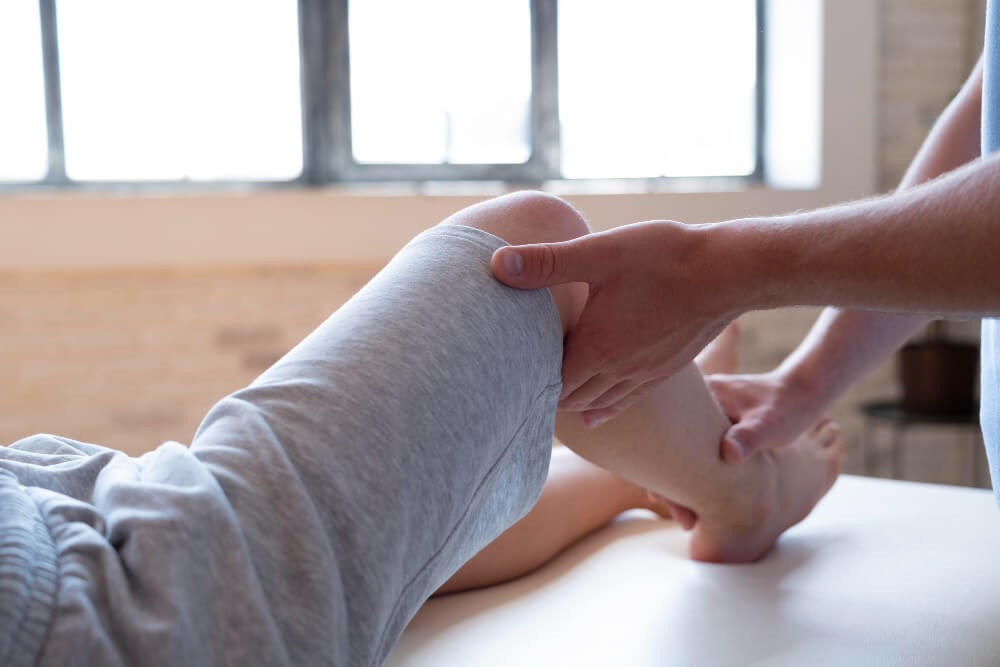Understanding Meniscus Tears and Torn Cartilage: A Guide to Navigation and Recovery
Introduction:
Knee pain is a common complaint, and two significant contributors are meniscus tears and torn cartilage. While sharing some similarities, these injuries have distinct characteristics and treatment approaches. This guide aims to provide an overview of both conditions, helping you understand their causes, symptoms, diagnosis, and available treatment options.
Meniscus Tears: Anatomy and Mechanism:
What are Menisci?
The knee joint houses two crescent-shaped cushions called menisci: the medial meniscus on the inner side and the lateral meniscus on the outer side. These fibrocartilage structures act as shock absorbers, distributing weight evenly across the joint and stabilizing the knee during movement.
Causes of Meniscus Tears:
Meniscus tears can occur due to:
- Sudden twisting or pivoting movements: Common in sports like basketball, football, and skiing.
- Direct impact to the knee: Falls, accidents, or sports injuries.
- Degenerative changes: As we age, the menisci become weaker and more susceptible to tears, even with everyday activities.
Torn Cartilage: Broader Scope:
What is Cartilage?
Cartilage is a smooth, white tissue covering the ends of bones in joints, reducing friction and aiding smooth movement. The knee joint contains articular cartilage on the femur and tibia, along with the menisci as additional cartilage structures.
Types of Torn Cartilage:
Tears can occur in any cartilage within the knee, including:
- Meniscus tears: As discussed earlier.
- Articular cartilage tears: Often caused by arthritis or sports injuries.
- Lateral condyle cartilage tears: Occurring on the outer femoral condyle, usually due to high-impact sports.
Signs and Symptoms: Recognizing the Problem:
Common Symptoms:
Both meniscus tears and torn cartilage can manifest in similar ways, including:
- Knee pain, especially localized pain near the tear.
- Swelling and stiffness in the joint.
- Difficulty bending or straightening the knee.
- Clicking or popping sounds during movement.
- Locking sensation, unable to fully extend the knee.
Differentiating Features:
Some nuanced differences in symptoms might offer clues:
- Meniscus tears: Pain often occurs on the inner or outer side of the knee, depending on the affected meniscus. Twisting movements frequently trigger pain.
- Articular cartilage tears: Pain might be deeper within the joint and worsen with weight-bearing activities like walking or climbing stairs.
- Lateral condyle cartilage tears: Knee instability and pain on the outer side of the joint are common.
Diagnosis: Seeking Clarification:
Importance of Accurate Diagnosis:
Prompt and accurate diagnosis is crucial for determining the specific injury, its severity, and the most appropriate treatment course.
Diagnostic Steps:
- Physical examination: Assessing pain, joint mobility, and swelling.
- Imaging tests: X-rays can rule out bone fractures, and MRI scans provide detailed images of soft tissues like menisci and cartilage.
Treatment Options: Finding Relief:
Non-Surgical Approaches:
For milder tears or cartilage injuries, non-surgical options are often the first course of action:
- Rest: Reducing activities that aggravate the pain.
- RICE therapy: Rest, Ice, Compression, and Elevation to manage inflammation.
- Pain relievers: Over-the-counter or prescription medications to manage pain.
- Physical therapy: Strengthening exercises to improve flexibility, stability, and range of motion.
- Bracing: Stabilizing the knee joint and reducing stress on the injured tissues.
Surgical Interventions:
If non-surgical methods don’t provide relief or the tear is severe, surgery might be necessary:
- Arthroscopy: A minimally invasive procedure using a camera and tiny instruments to repair or trim torn menisci or cartilage.
- Meniscus transplant: Replacing a damaged meniscus with tissue from a donor.
- Osteochondral autograft transplantation (OATS): Transferring healthy cartilage and underlying bone from another part of the knee to the damaged area.
Recovery and Rehabilitation: Returning to Activity
Recovery and rehabilitation are crucial for regaining full strength, mobility, and confidence in your knee. This usually involves


